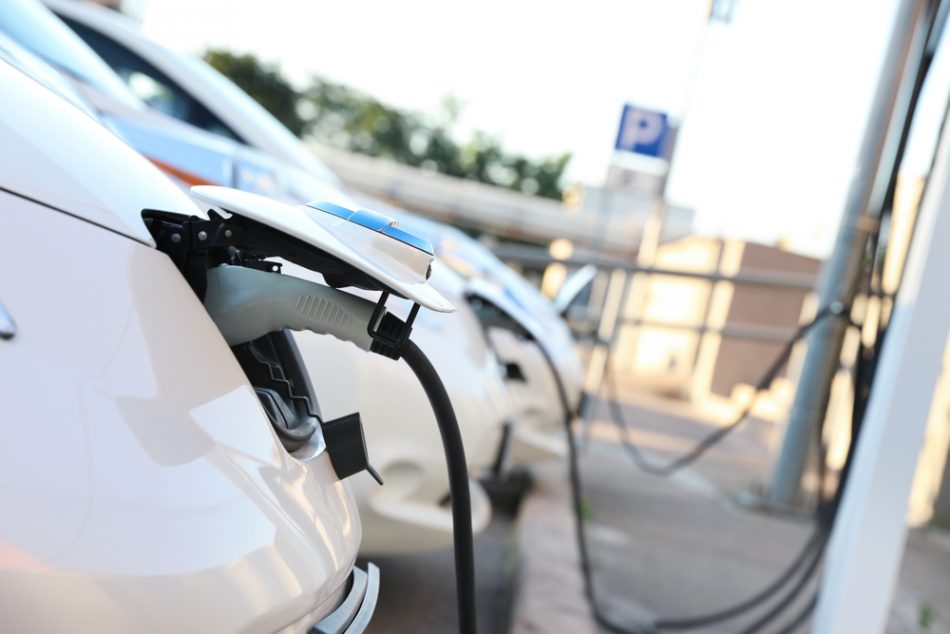The federal government and various US states have put significant emphasis on electric vehicles as a path towards a net-zero future, but expanding EV infrastructure is critical to making this transition happen.
Unfortunately, electric vehicle and charging station access is significantly reduced for low and middle-income families. A report from the American Council for an Energy-Efficient Economy (ACEEE) details how those who do not live in single-family homes have limited options for at-home charging stations and public charging stations prioritize high-income areas for installation.
For example, 70 percent of Chicago’s EV charging stations are located in three predominantly white and wealthy communities on the city’s North Side. Another study found that the median home price of the 20 zip codes with the most electric vehicle chargers in the US was $800,000.
Part of the issue with EV access is that electric options are still comparably more expensive than their combustion engine counterparts, but Peter Huether, the ACEEE senior analyst, argues that expanding equitable EV infrastructure will help draw down these costs and prepare communities as prices become more accessible.
So what does improving EV access equity look like? Some immediate improvements include installing charging stations in multi-unit buildings, making moves to electrify public transportation for those who cannot afford personal vehicles, and ensuring that low and middle-income communities receive information about credits and subsidies associated with EV options.
Some states are making headway on this issue. California mandates that 35 percent of charging utility investment go to underserved communities while New York requires the Public Service Commission utilities to focus on underserved areas.
Three utilities, National Grid, Puget Sound Energy, and Seattle City Light, are also highlighted in the report for their efforts to expand EV infrastructure in diverse communities and improve information access for all on the benefits of an all-electric future.
Setting aside dedicated resources for infrastructure expansion in underserved communities is a great starting point, but Huether also notes that involving leaders from these communities in the discussion and dispersion of EV information is also critical for addressing a greener transportation future for all.












